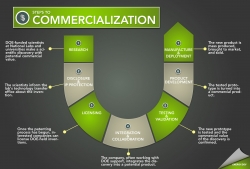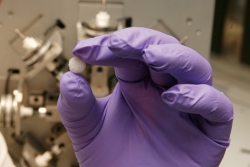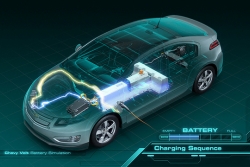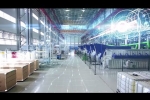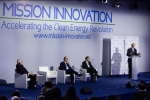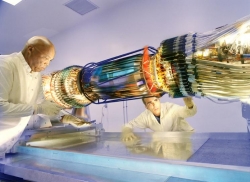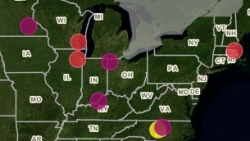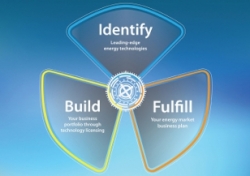Commercialization is the process by which technologies and innovations developed in the lab make their way to market. By licensing patents or using Energy Department facilities, researchers from the private sector and academia are able to take advantage of federal investments into basic science research, while researchers are able to ensure that their discoveries have a life beyond the lab.
The Energy Department also helps entrepreneurs, small business owners and start-ups bridge the gap between research and development and commercial deployment. This helps create globally competitive industries in the United States, helps companies save money and is making the clean energy economy of the future a reality today.
Featured
Voting opened on May 24 for voters to review company summaries online, view their 3-minute video pitches, and then ‘like’ the companies they think will most positively impact America’s energy future.
The products of scientific research are how we define our modern life and the National Labs play an important role, as evidenced by these innovations.
As part of President Obama’s Global Humanitarian Initiative, a new licensing agreement opens a number of Energy Department patents to qualified non-governmental and non-profit organizations.
Tapping the entrepreneurial spirit of its Silicon Valley surroundings, Lawrence Livermore National Lab has a legacy that includes the launch of hundreds of successful companies. During just the past 20 years, five entrepreneurs from the Lab have founded four companies with a current market capitalization of $8.4 billion.
In the U.S., businesses tend to invest in research that will pay off in the short term. National laboratories are filling a gap by conducting the essential research that will change the game 10 to 20 years down the road. Learn more about how years of conducting advanced research in both the private and public sectors led to battery technology that made electric cars possible.
A highly efficient catalyst to convert renewable crops into the product propylene glycol was discovered by scientists at the Pacific Northwest National Laboratory and commercialized by the Archer Daniels Midland Company.

